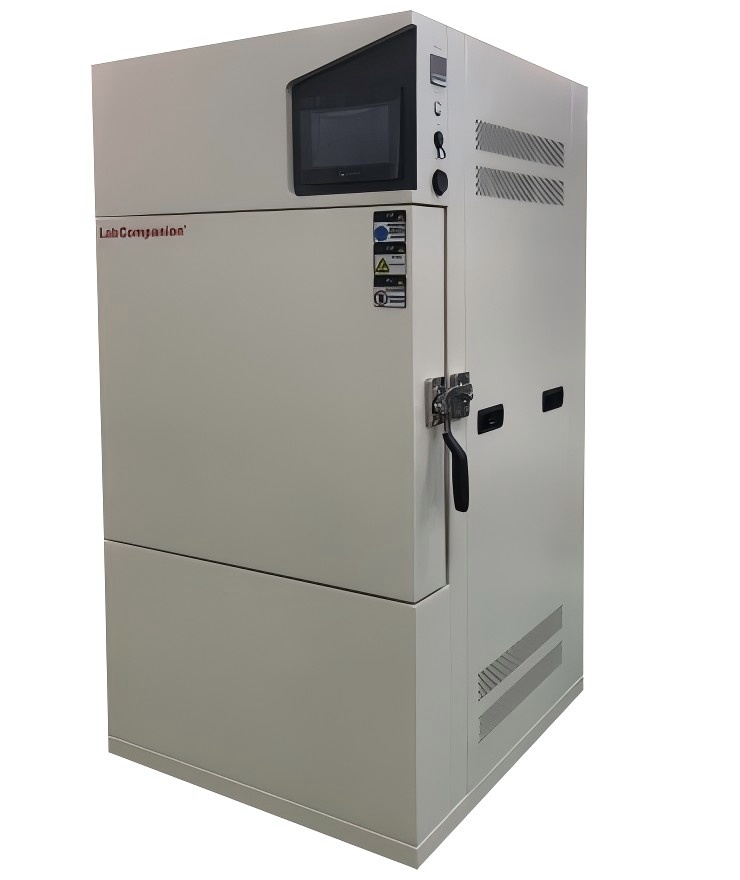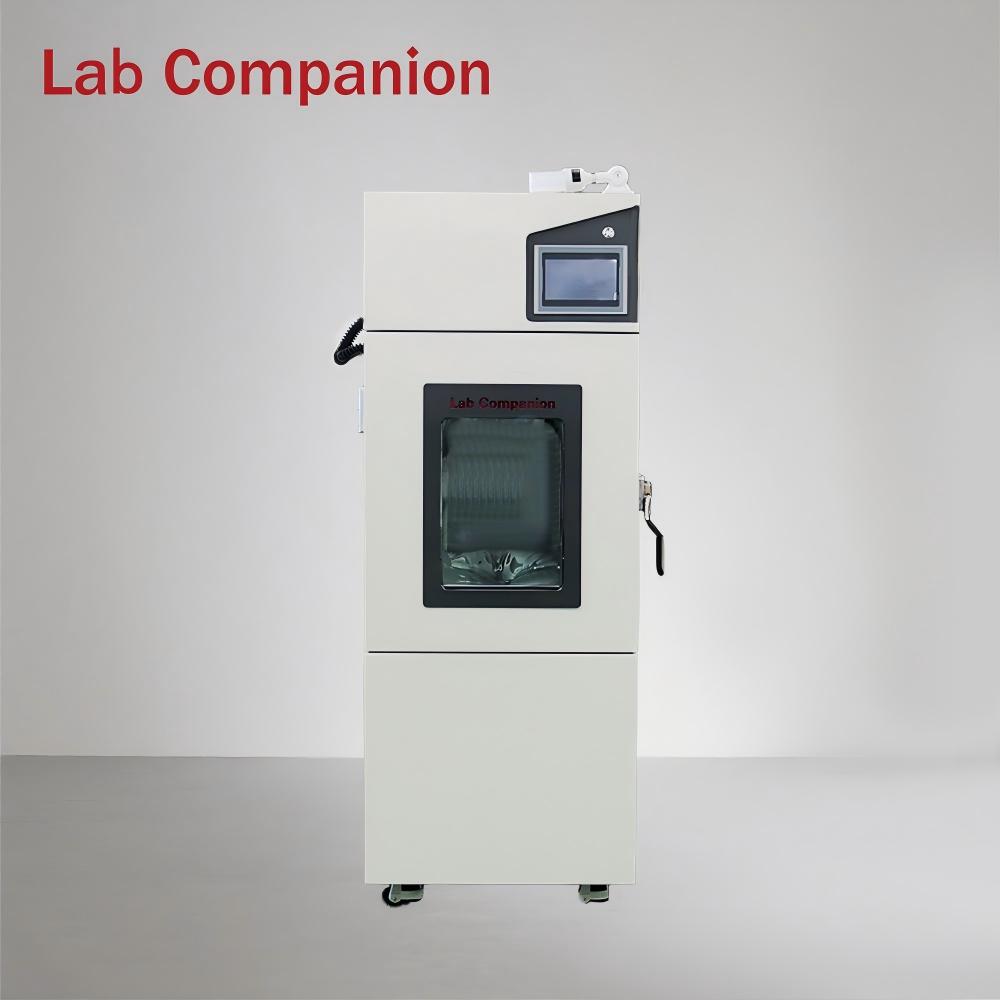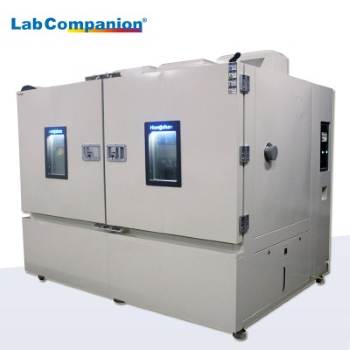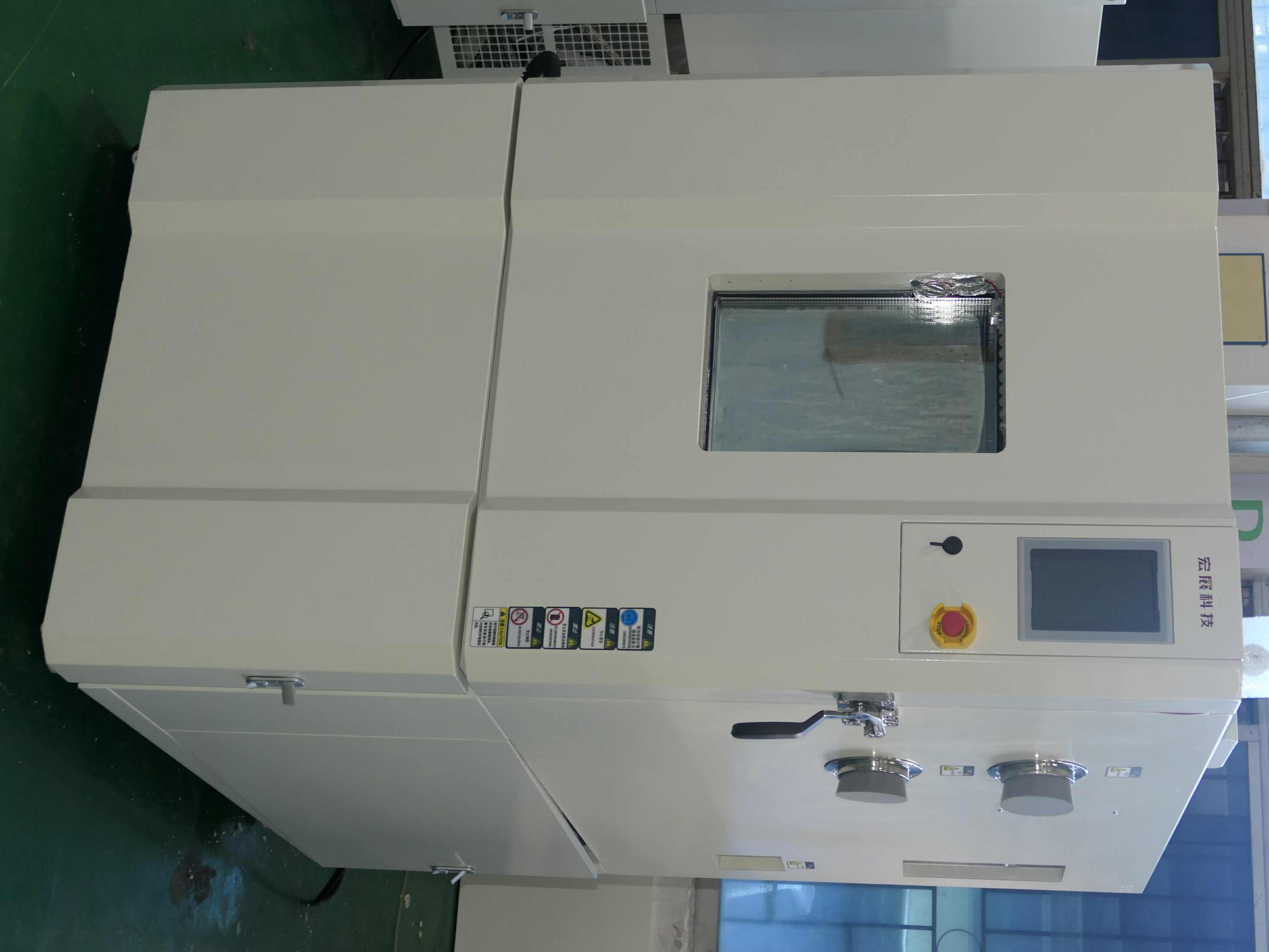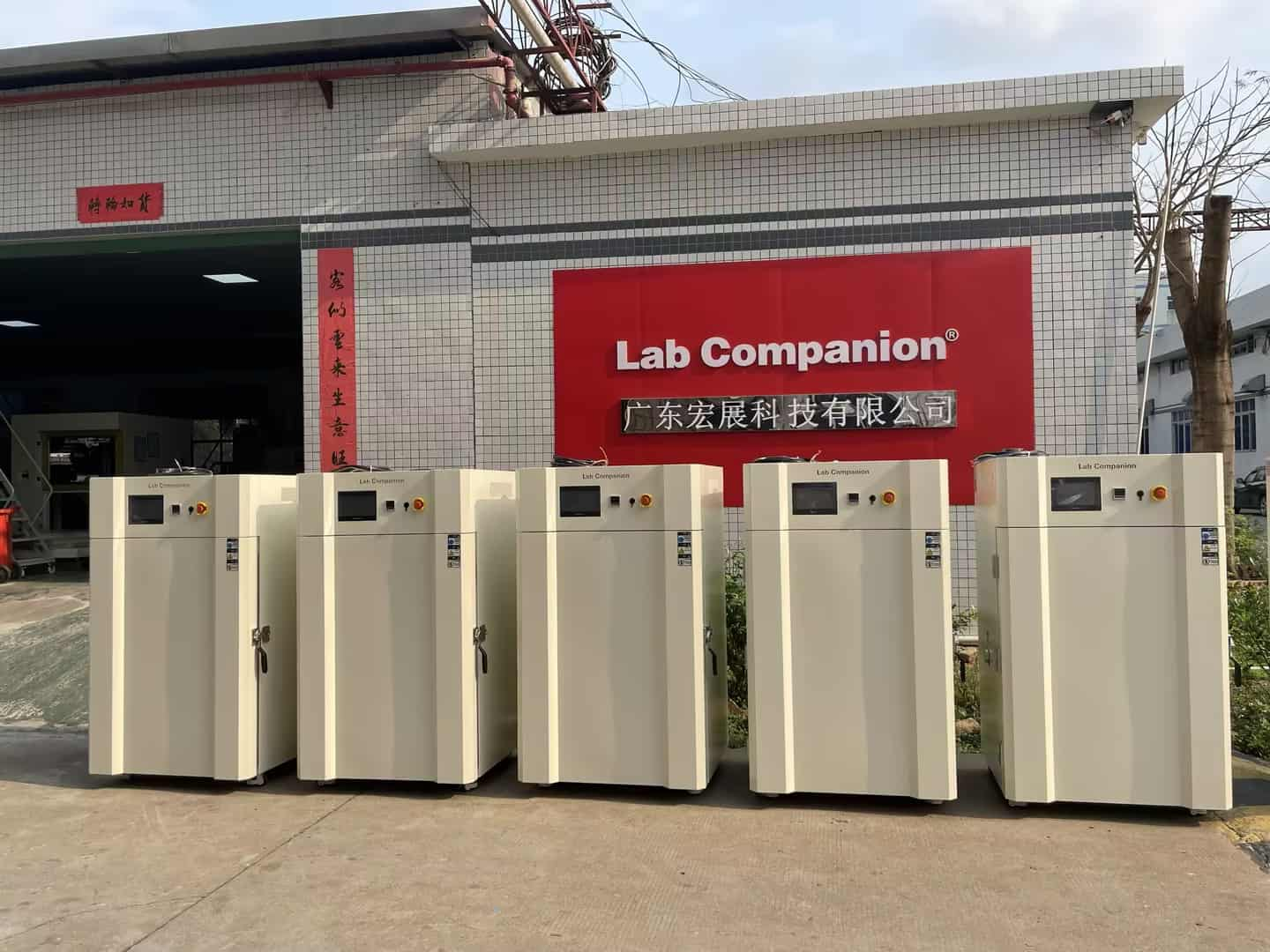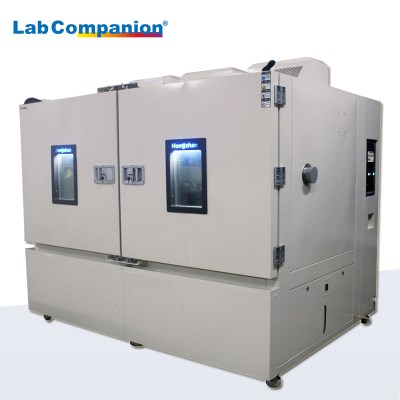Как выбрать подходящий метод охлаждения для испытательных камер?
Sep 09, 2025
Воздушное и водяное охлаждение — два основных метода отвода тепла в холодильном оборудовании. Наиболее фундаментальное различие между ними заключается в разных средах, используемых для отвода тепла, вырабатываемого системой, во внешнюю среду: воздушное охлаждение использует воздух, а водяное — воду. Это ключевое различие привело к появлению множества различий между ними с точки зрения монтажа, эксплуатации, стоимости и сфер применения. 1. Система воздушного охлажденияПринцип работы системы воздушного охлаждения заключается в принудительном обдуве вентилятором основного теплорассеивающего элемента – оребрённого конденсатора. Система отводит тепло от конденсатора и рассеивает его в окружающем воздухе. Монтаж системы очень прост и гибок. Оборудование работает от сети, не требуя дополнительных вспомогательных сооружений, что минимизирует требования к реконструкции помещения. Эффективность охлаждения существенно зависит от температуры окружающей среды. В жаркое лето или в условиях высокой температуры и плохой вентиляции из-за уменьшения разницы температур между воздухом и конденсатором эффективность теплоотвода значительно снижается, что приводит к снижению холодопроизводительности оборудования и увеличению энергопотребления. Кроме того, при работе вентилятора наблюдается значительный шум. Первоначальные инвестиции обычно невелики, а ежедневное обслуживание относительно простое. Основная задача – регулярная очистка от пыли ребер конденсатора для обеспечения бесперебойной вентиляции. Основные эксплуатационные расходы – это электроэнергия. Системы с воздушным охлаждением отлично подходят для оборудования малого и среднего размера, районов с обильным электроснабжением, но скудными водными ресурсами или затрудненным доступом к воде, лабораторий с контролируемой температурой окружающей среды, а также проектов с ограниченным бюджетом или тех, где требуется простой и быстрый процесс установки. 2. Система водяного охлажденияПринцип работы системы водяного охлаждения заключается в использовании циркулирующей воды, протекающей через специальный конденсатор с водяным охлаждением, для поглощения и отвода тепла системы. Нагретый поток воды обычно транспортируется к наружной градирне для охлаждения, а затем снова используется. Ее монтаж сложен и требует полного набора внешних систем водоснабжения, включая градирни, водяные насосы, водопроводные сети и устройства очистки воды. Это не только определяет место установки оборудования, но и предъявляет высокие требования к планировке участка и инфраструктуре. Эффективность рассеивания тепла системы очень стабильна и практически не зависит от изменений внешней температуры окружающей среды. При этом рабочий шум вблизи корпуса оборудования относительно низок. Ее первоначальные инвестиции высоки. Помимо потребления электроэнергии, существуют и другие расходы, такие как постоянное потребление водных ресурсов во время ежедневной эксплуатации. Работы по техническому обслуживанию также более профессиональны и сложны, и необходимо предотвращать образование накипи, коррозию и рост микроорганизмов. Системы с водяным охлаждением в основном подходят для крупного мощного промышленного оборудования, цехов с высокими температурами окружающей среды или плохими условиями вентиляции, а также в ситуациях, когда требуются чрезвычайно высокая температурная стабильность и эффективность охлаждения. Выбор между воздушным и водяным охлаждением заключается не в оценке их абсолютного превосходства или неполноценности, а в поиске решения, наилучшим образом соответствующего конкретным условиям. Решения должны основываться на следующих соображениях: Во-первых, крупное мощное оборудование обычно предпочитает водяное охлаждение для достижения стабильной работы. В то же время необходимо оценить географический климат лаборатории (жаркий ли он), условия водоснабжения, пространство для установки и условия вентиляции. Во-вторых, если оцениваются относительно небольшие первоначальные инвестиции, воздушное охлаждение является подходящим выбором. Если основное внимание уделяется долгосрочной энергоэффективности и стабильности работы, и относительно высокая первоначальная стоимость строительства не смущает, то водяное охлаждение имеет больше преимуществ. Наконец, необходимо учесть, есть ли у вас профессиональные навыки проведения регулярного обслуживания сложных систем водоснабжения.
ЧИТАТЬ ДАЛЕЕ


